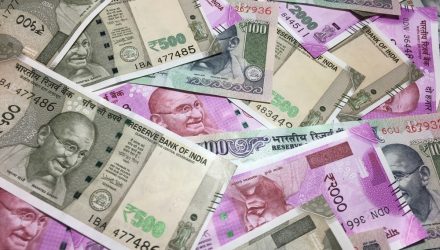Goldman Sachs recently said that by 2075, India will be the world’s second-largest economy. Obviously, more than 50 years is longer than many investors’ time horizons. However, for market participants interested in what’s currently Asia’s third-largest economy, the time to act may be now.
Indian equities are already among the world’s best performers this year. That’s not a new trend, as the country has been an emerging markets leader for a couple of years now. Investors can efficiently access Indian equities in broad fashion with exchange traded funds such as the VanEck India Growth Leaders ETF (GLIN).
GLIN, which tracks the MarketGrader India All-Cap Growth Leaders Index, is living up to the “leaders” in its name. The VanEck ETF is up 12.52% year-to-date, or more than double the returns of the MSCI India Index. That’s testament to a methodology that seeks to identify Indian firms with strong growth prospects.
GLIN Meets GARP
The foundation of GLIN’s methodology is highly relevant today. Simply put, the concept of growth at a reasonable price (GARP) is the bedrock of this ETF. That’s especially attractive at a time when many market observers assert that Indian equities are richly valued.
On the other hand, those lofty multiples are in part the result of growing earnings and increasing ebullience regarding the long-term prospects of the Indian economy, which is currently the fifth-largest in the world.
“India’s GDP is expected by economists to grow faster than 6% in each of the next three years, compared to the U.S., which is expected to grow less than 2%. The International Monetary Fund forecasts India to be the third-largest economy by the end of the decade, overtaking both Japan and Germany,” according to Charles Schwab research.
The long-term outlook for Indian stocks and thus GLIN is further enhanced by the country’s status as the world’s largest democracy. India is also expected to surpass China as the most populous nation.
India wresting share from China as a manufacturing center adds to GLIN’s long-term appeal. The government continues to show Western multi-national companies that it’s open for business.
India’s policy makers are “making efforts to attract companies by offering incentives for producing in India, easing regulatory burdens and investing billions of dollars in improving the country’s infrastructure. It is showing some signs of success. For example, Apple is expected to move some iPhone manufacturing to India,” concluded Schwab.
For more news, information, and analysis, visit the Beyond Basic Beta Channel.







